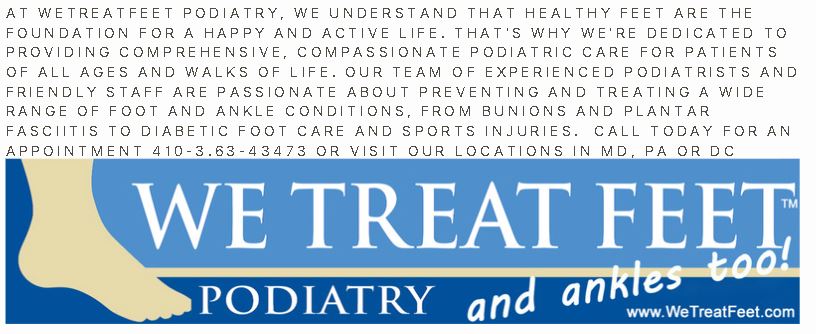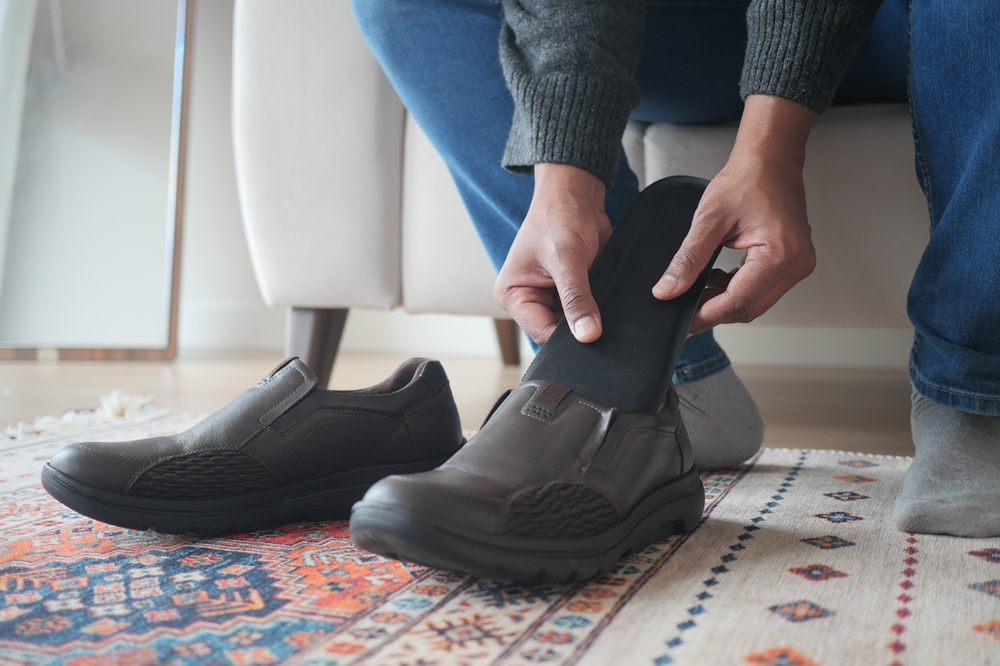
When preparing for surgery, one phrase you’ll hear repeatedly is medical clearance for surgery. This crucial step is far more than a bureaucratic hurdle—it’s a proven safeguard for your health and a key to successful surgical outcomes. But what if you could safely skip this step for certain procedures? At WeTreatFeet Podiatry, we’ve seen how performing surgical cases under local anesthesia can eliminate the need for full medical clearance, saving you time, money, and anxiety. In this post, we’ll explore why medical clearance is vital, when it’s required, and how choosing local anesthesia for your foot or ankle surgery can streamline your experience without compromising your safety.
Why Is Medical Clearance for Surgery So Important?
Medical clearance for surgery is a comprehensive evaluation by a healthcare professional to determine if a patient has any risk factors that could limit the ability to undergo a surgical procedure. This process is not just a formality—it’s a critical step that helps:
- Identify underlying health issues that could complicate surgery or anesthesia
- Minimize the risk of complications during and after surgery
- Optimize your health status before the procedure
- Develop a personalized surgical and post-operative care plan
What Does Medical Clearance Involve?
A typical medical clearance includes:
- Detailed review of your medical history: Chronic conditions, medications, allergies, and previous surgeries are assessed.
- Physical examination: Your medical provider will check your cardiovascular, respiratory, and overall health.
- Diagnostic tests: These may include blood work, EKG, imaging, or other studies, depending on your age, health, and the type of surgery planned.
- Coordination with specialists: If you have complex medical issues, your primary care doctor may consult with other specialists to ensure you’re fully optimized for surgery
The Main Goals of Medical Clearance
- Patient Safety: The top priority is to ensure you are in the best possible condition for surgery, reducing the risk of complications such as heart attack, stroke, infection, or anesthesia-related issues
- Risk Mitigation: By identifying and addressing risk factors in advance, your surgical team can take proactive measures to prevent problems.
- Informed Decision-Making: Both you and your surgeon will have a realistic understanding of potential risks and outcomes, allowing for informed consent and better planning
7 Key Reasons You Need Medical Clearance Before Surgery
- Uncover Hidden Health Problems: Many patients have undiagnosed conditions (like high blood pressure or diabetes) that could increase surgical risk
- Evaluate Medication Interactions: Some drugs can interact dangerously with anesthesia or surgical medications3.
- Assess Anesthesia Risks: General anesthesia, in particular, can stress the heart, lungs, and other organs. Medical clearance ensures you can tolerate these effects
- Reduce Post-Operative Complications: Patients with optimized health recover faster and with fewer complications
- Personalize Surgical Planning: Your surgeon can tailor the procedure and anesthesia plan to your unique needs
- Insurance and Legal Requirements: Many insurers and hospitals require documented medical clearance for elective surgeries.
- Peace of Mind: Knowing you’ve been thoroughly evaluated helps reduce anxiety and builds trust with your surgical team.
When Is Medical Clearance Required?
Medical clearance is typically required for:
- Any surgery involving general anesthesia or sedation
- Patients with significant medical histories (heart disease, lung disease, diabetes, etc.)
- Elective procedures in the hospital setting
At WeTreatFeet Podiatry, we require medical clearance for all surgeries performed under general anesthesia or when significant risk factors are present.
The Game-Changer: How Local Anesthesia Can Eliminate the Need for Medical Clearance
Here’s where things get exciting for patients seeking a quicker, safer, cheaper, and more convenient surgical experience. For many foot and ankle procedures, local anesthesia offers a revolutionary alternative that can eliminate the need for full medical clearance.
What Is Local Anesthesia?
Local anesthesia numbs only the specific area being treated, allowing you to remain awake and comfortable during the procedure. There’s no need for IVs, breathing tubes, or deep sedation!
Why Does Local Anesthesia Change the Medical Clearance Requirement?
- Minimal Systemic Impact: Local anesthetics do not depress your heart, lungs, or central nervous system the way general anesthesia does, so there’s less risk to your overall health
- No Need for Fasting or IVs: You don’t need to fast before surgery, and there’s no need for intravenous medications or fluids
- No Preoperative Testing: For healthy patients, pre-op bloodwork, EKGs, and other tests are generally unnecessary
- Faster Recovery: Patients can walk out of the office shortly after the procedure and often drive themselves home
- Reduced Anxiety and Side Effects: There’s less fear and fewer side effects like nausea, grogginess, or confusion
At WeTreatFeet Podiatry we often preform Wide Awake Local Anesthesia, No Tourniquet needed. This allows us to perform and foot surgeries in the office, with no preoperative testing or medical clearance needed. This makes the process is safer, faster, and more cost-effective.
Which Procedures Are Suitable for Local Anesthesia?
At WeTreatFeet Podiatry, we routinely perform procedures such as:
- Ingrown toenail removal
- Bunion corrections
- Hammertoe repairs
- Minor soft tissue and bone surgeries
- Wound care and biopsies
- Surgical procedures of the forefoot, and midfoot
These can often be done safely under local anesthesia, eliminating the need for extensive pre-op workups.
The Benefits of Local Anesthesia: What the Research Shows
| Benefit | Local Anesthesia | General Anesthesia |
|---|---|---|
| Medical clearance needed? | Rarely | Almost always |
| Systemic risk | Minimal | Moderate to high |
| Side effects | Few | Nausea, confusion, etc. |
| Recovery time | Minutes to hours | Hours to days |
| Cost | Lower | Higher |
| Need for fasting | No | Yes |
| Patient communication | Yes (awake) | No (asleep) |
Are There Any Exceptions?
While local anesthesia is a game-changer, it’s not for everyone. Patients with severe circulation problems, allergies to local anesthetics, may still require traditional approaches. For complex surgeries or those involving deep tissues, general or regional anesthesia and full medical clearance may still be necessary.
How WeTreatFeet Podiatry Streamlines Your Surgical Experience
At WeTreatFeet Podiatry, we prioritize your safety, comfort, and convenience. Our expert podiatrists will:
- Evaluate whether your procedure can be performed safely under local anesthesia
- Minimize unnecessary preoperative testing and appointments
- Provide clear instructions and support before, during, and after your surgery
- Coordinate with your primary care physician and specialists when needed
Learn more about our surgical services and approach to patient-centered care on our main site.
Internal and External Resources
- What to Expect Before Your Foot Surgery (Internal link)
- Benefits of Local Anesthesia in Plastic Surgery (External link)
- Overview of In-Office Hand Surgery with Local Anesthesia (External link)
- Navigating Your Journey: Preparing for Foot and Ankle Surgery (External link)
Conclusion: Empower Your Surgical Journey
Medical clearance for surgery is an essential safeguard for patient safety, especially when general anesthesia or significant health risks are involved. However, advances in local anesthesia now allow many foot and ankle procedures to be performed safely, efficiently, and comfortably—often eliminating the need for extensive preoperative evaluations. At WeTreatFeet Podiatry, we’re committed to offering you the safest, most convenient care possible. If you’re considering surgery, ask us if local anesthesia is right for you. It could mean a faster, easier, and safer path to getting back on your feet.
Ready to schedule your consultation? Contact WeTreatFeet Podiatry today!





